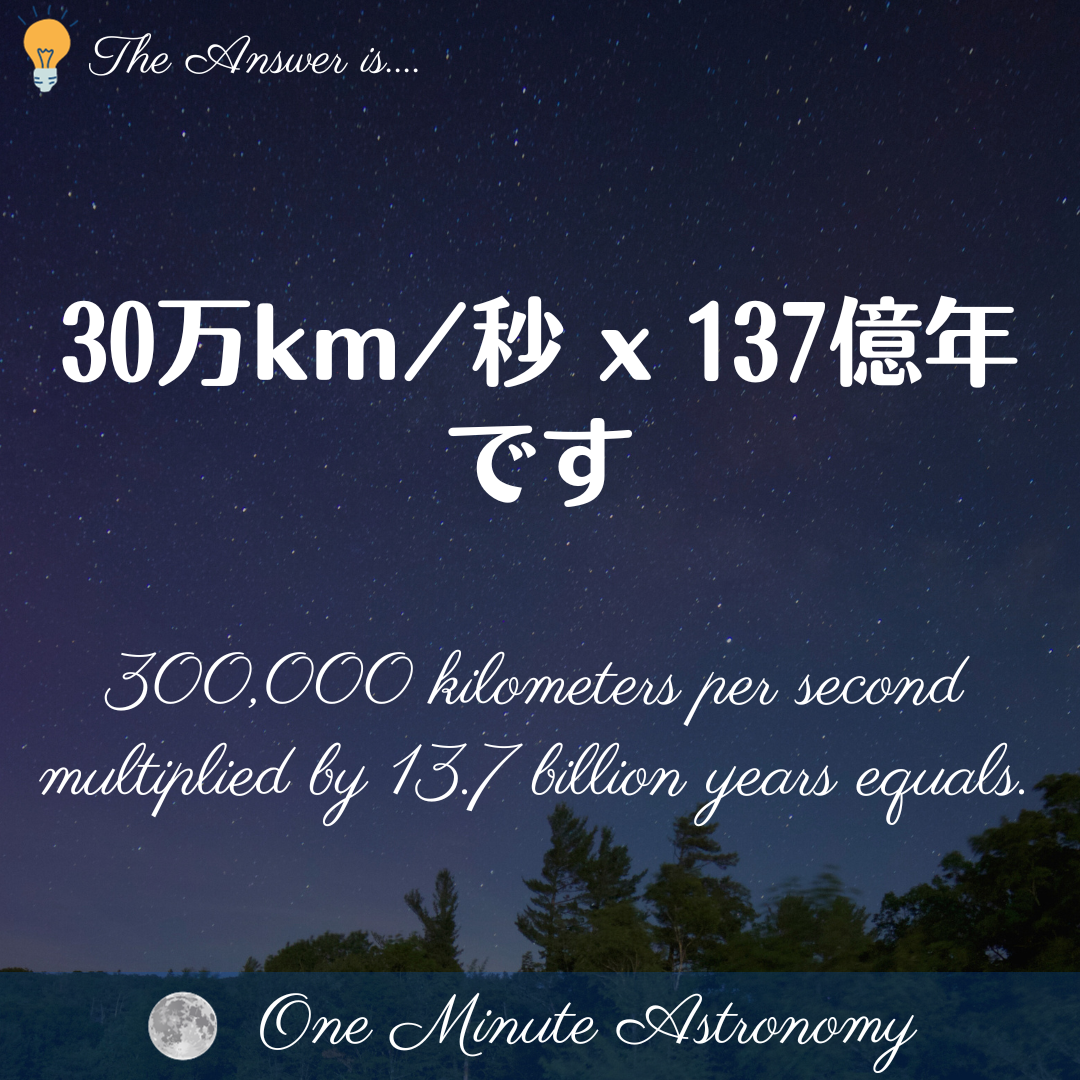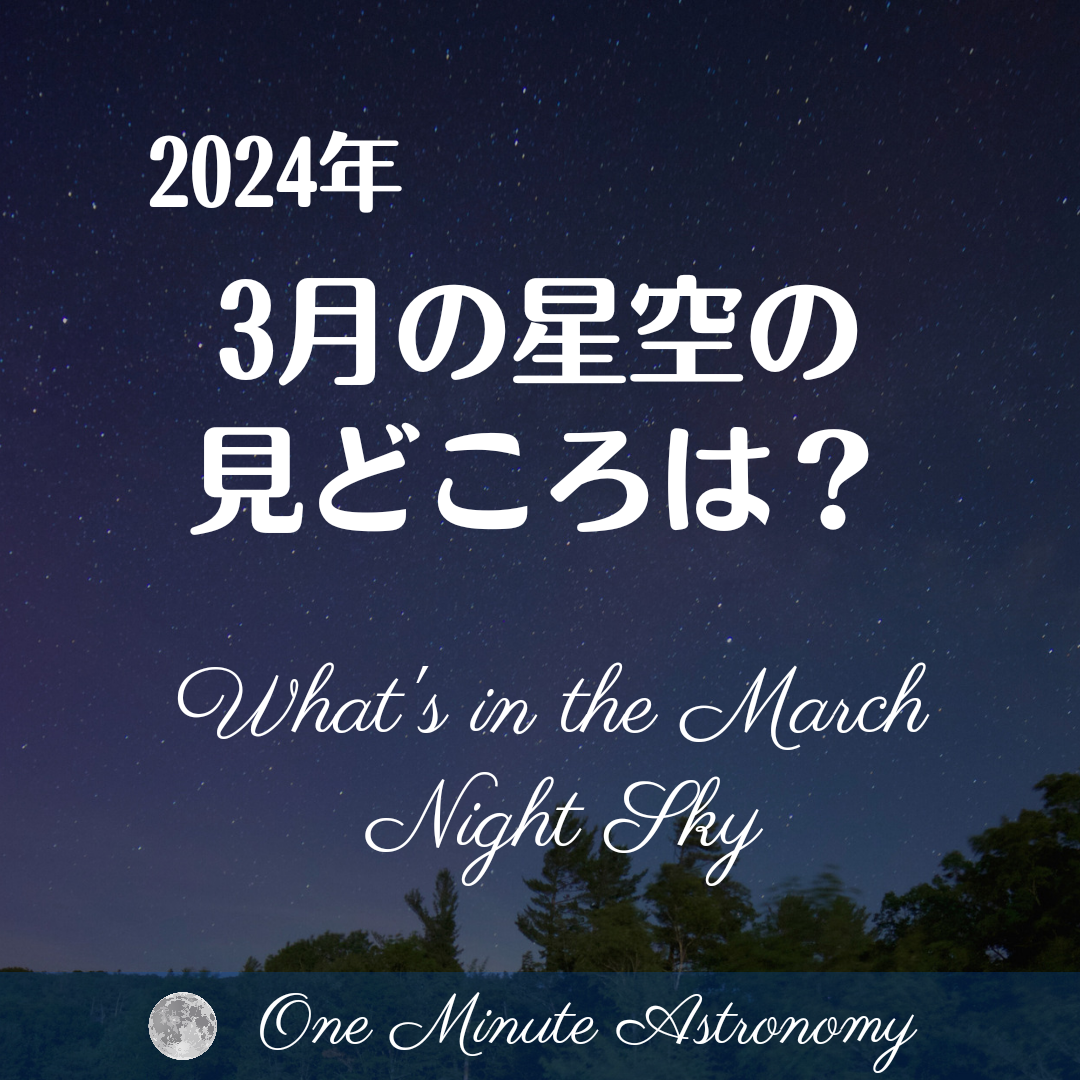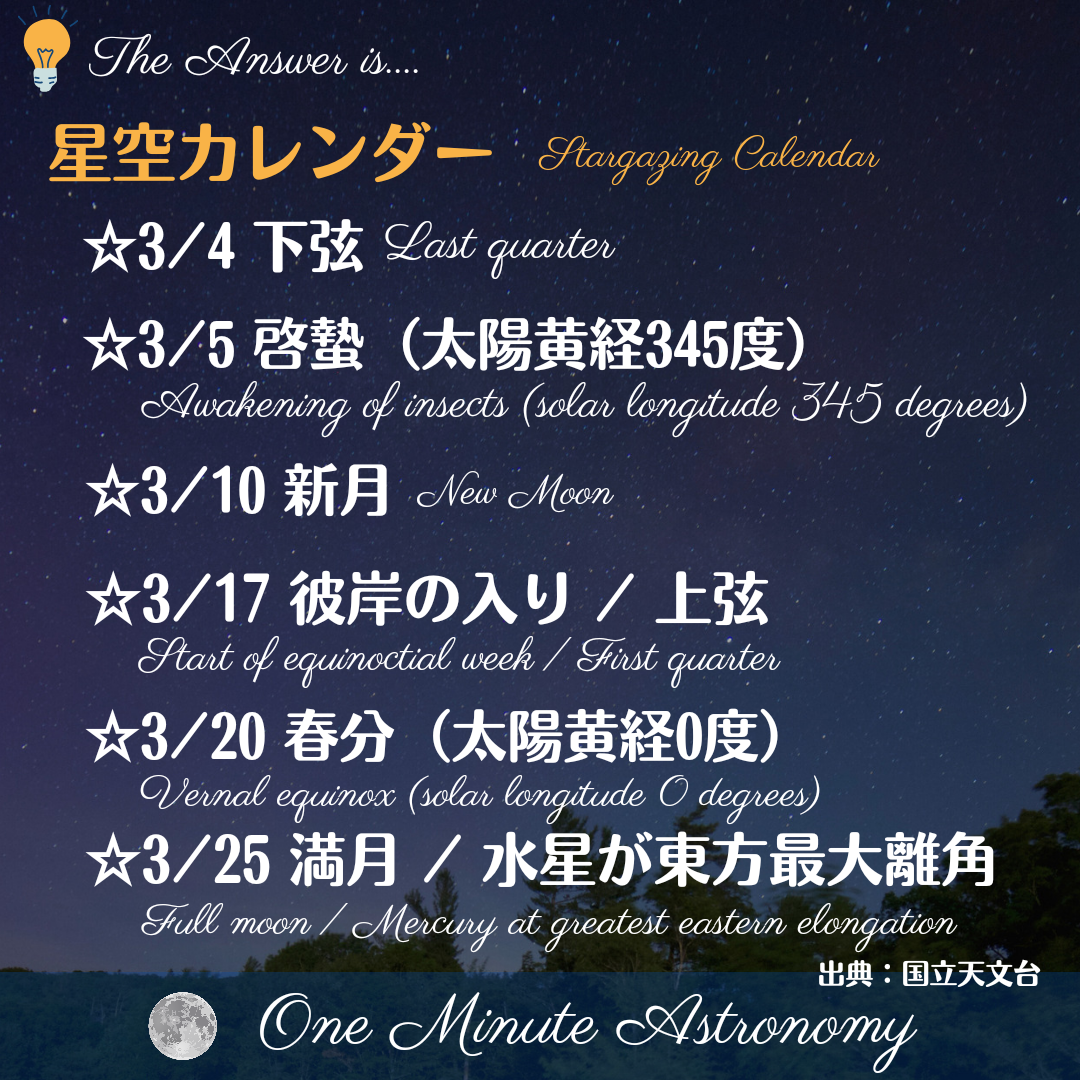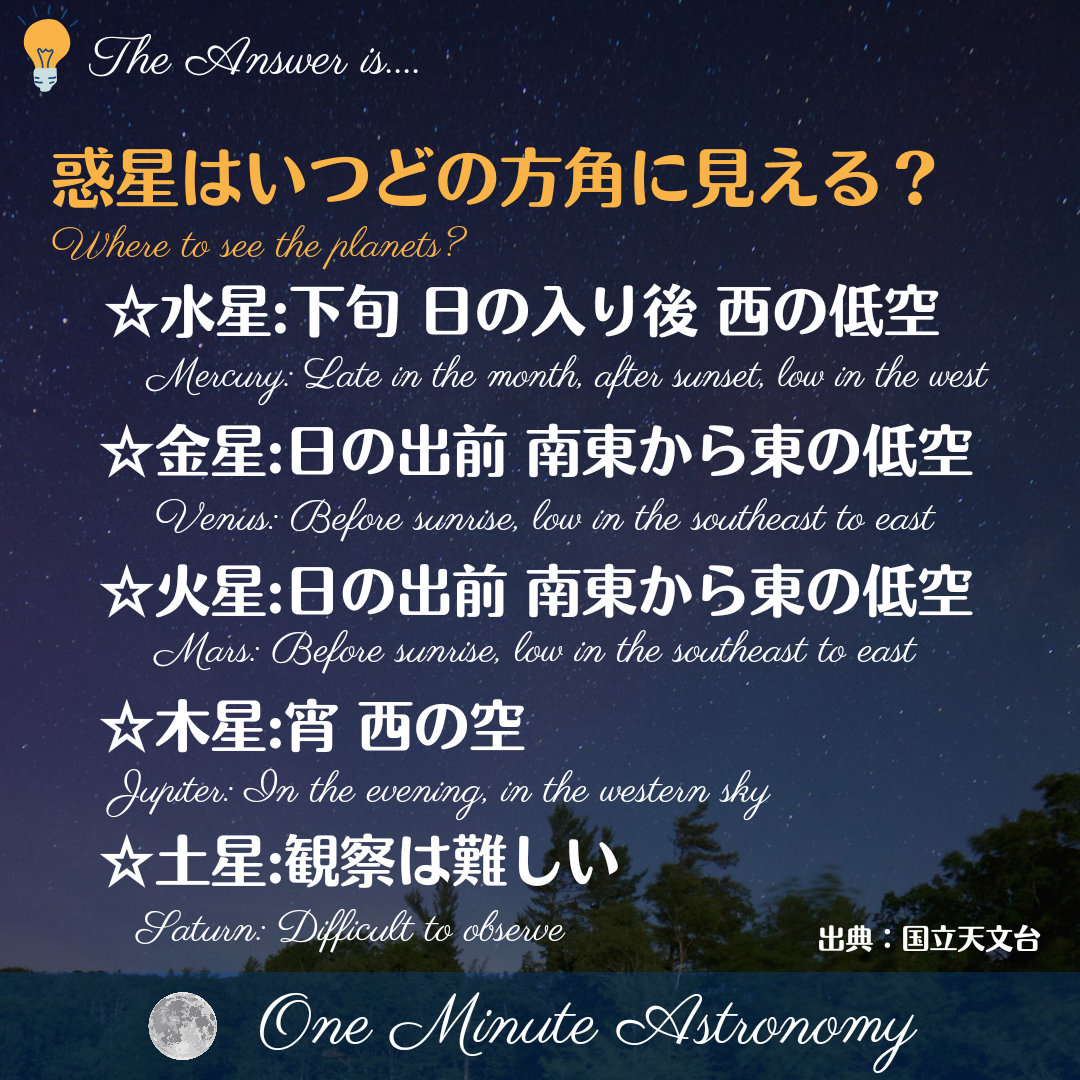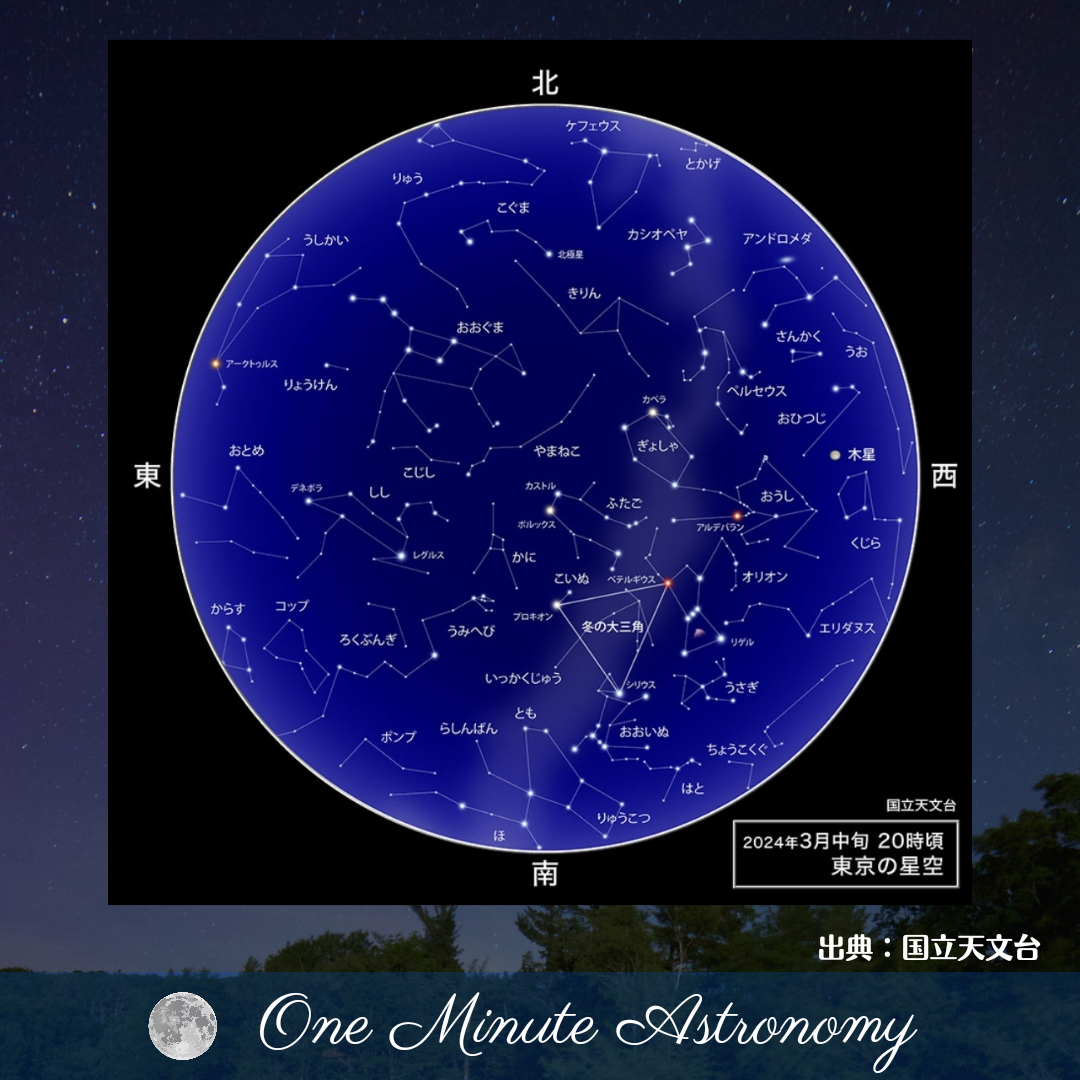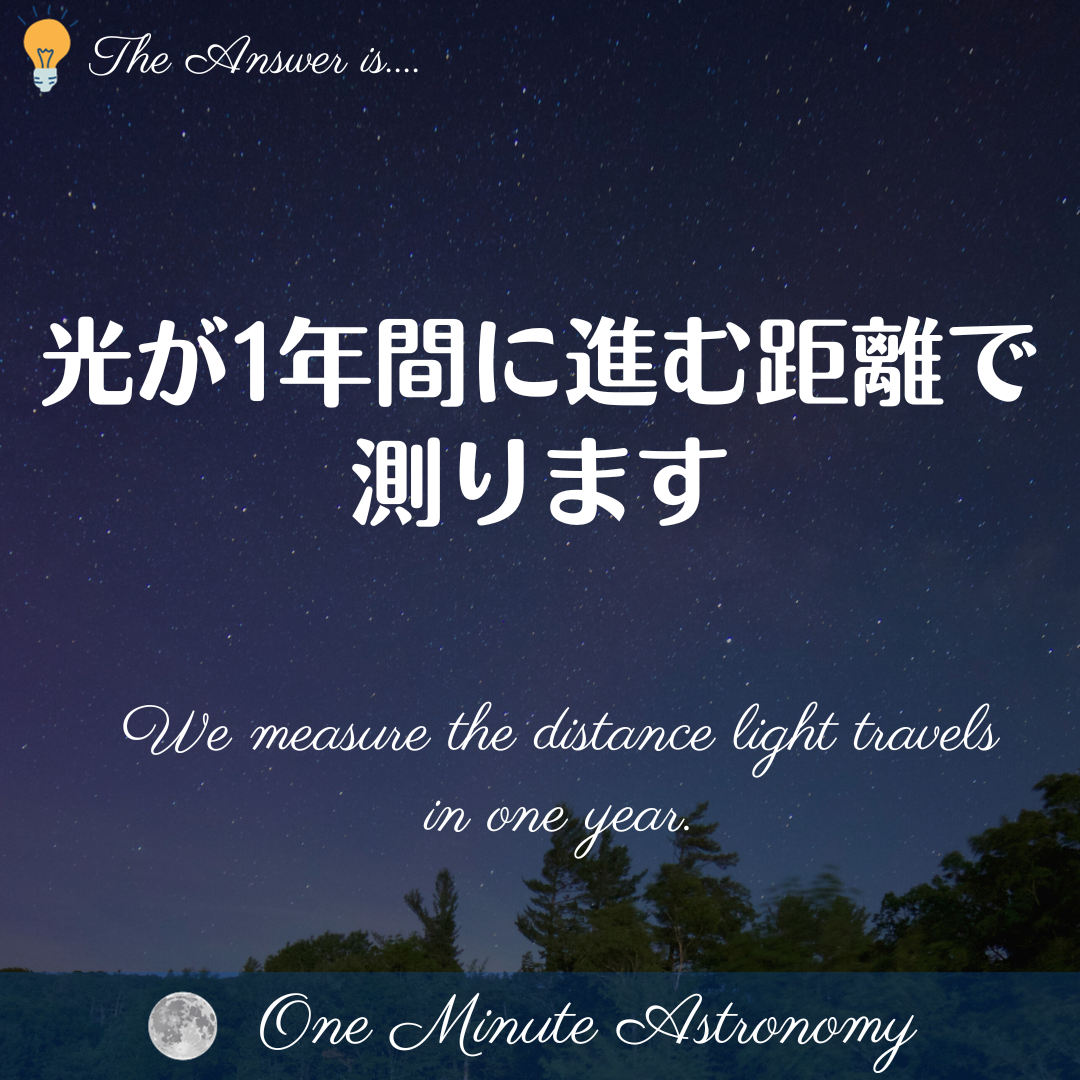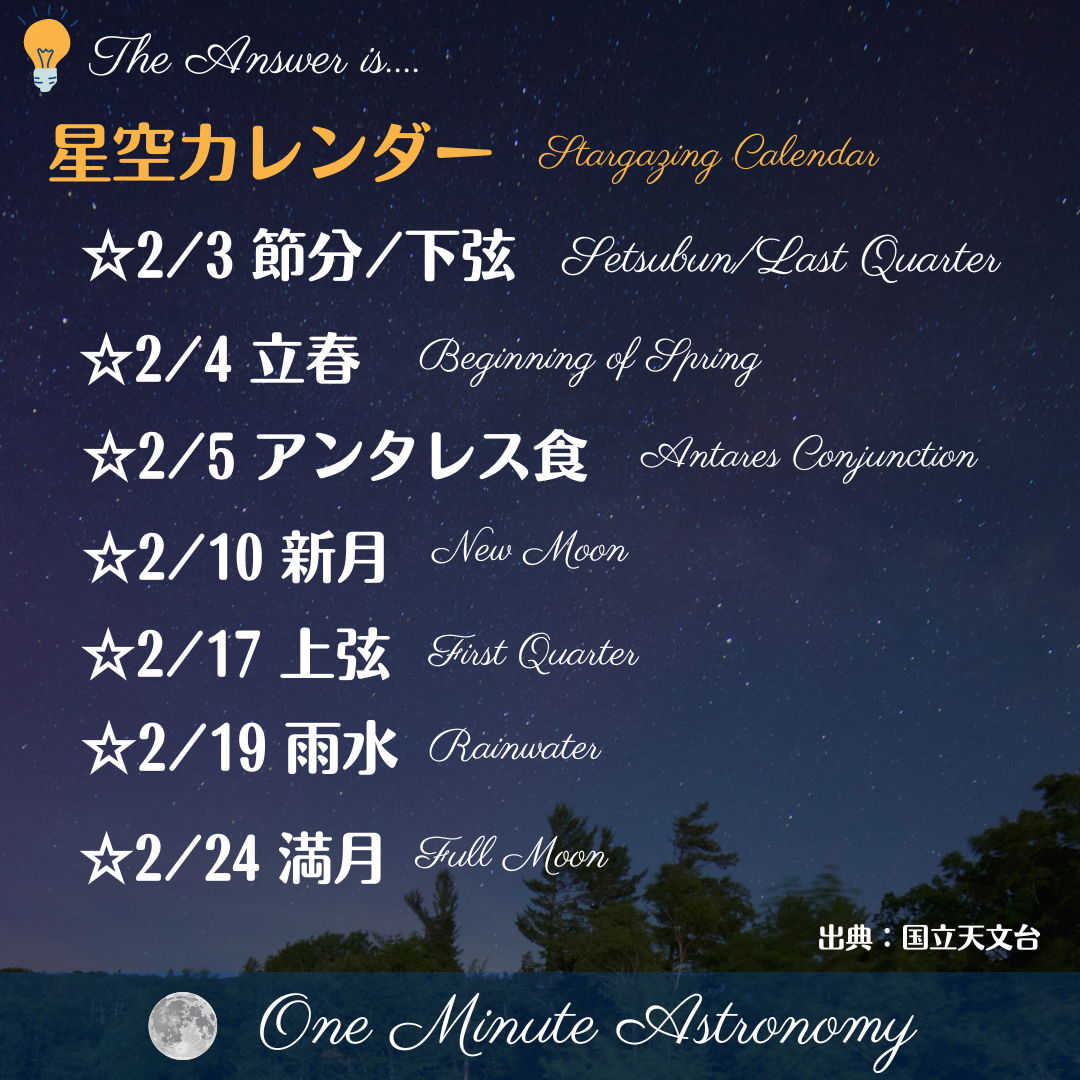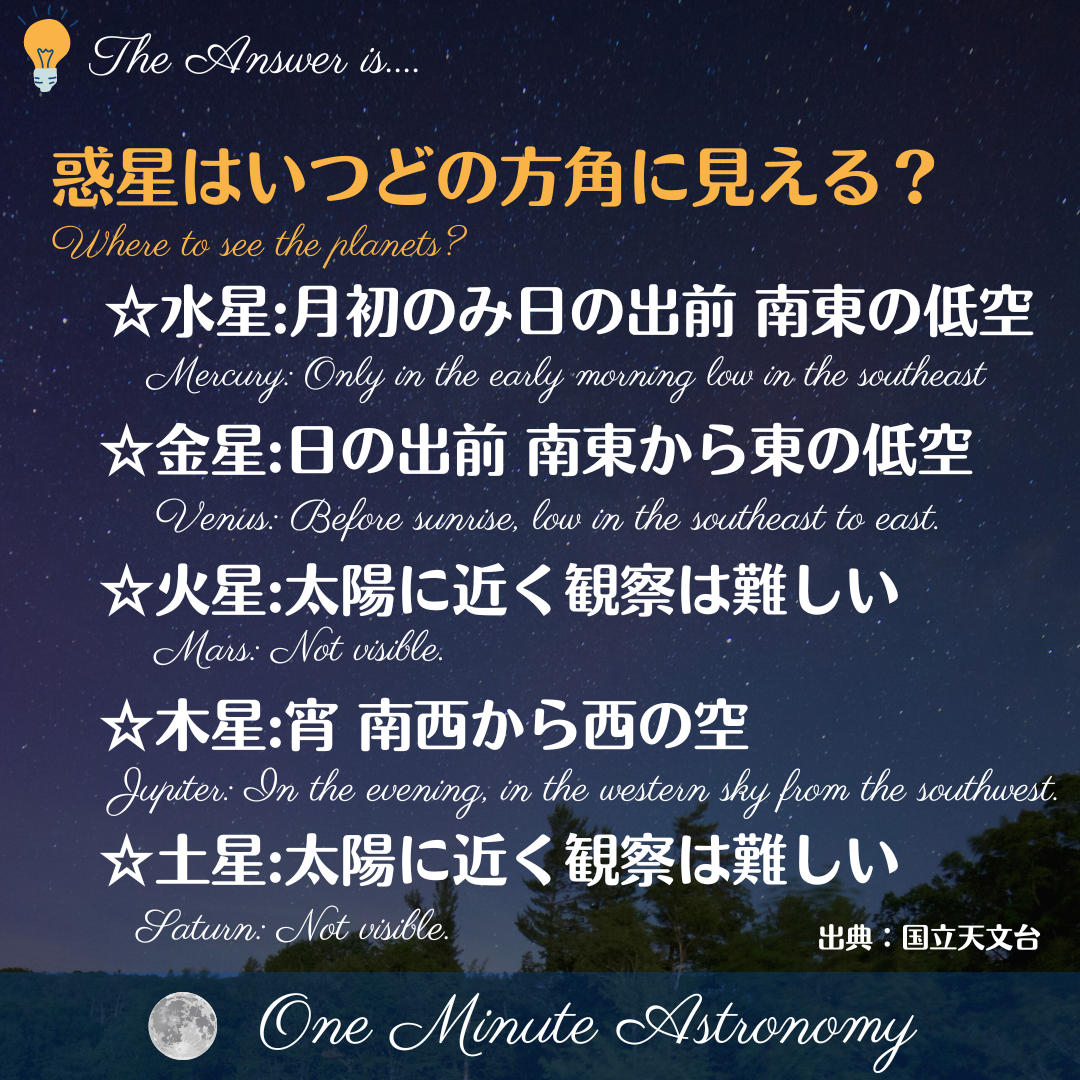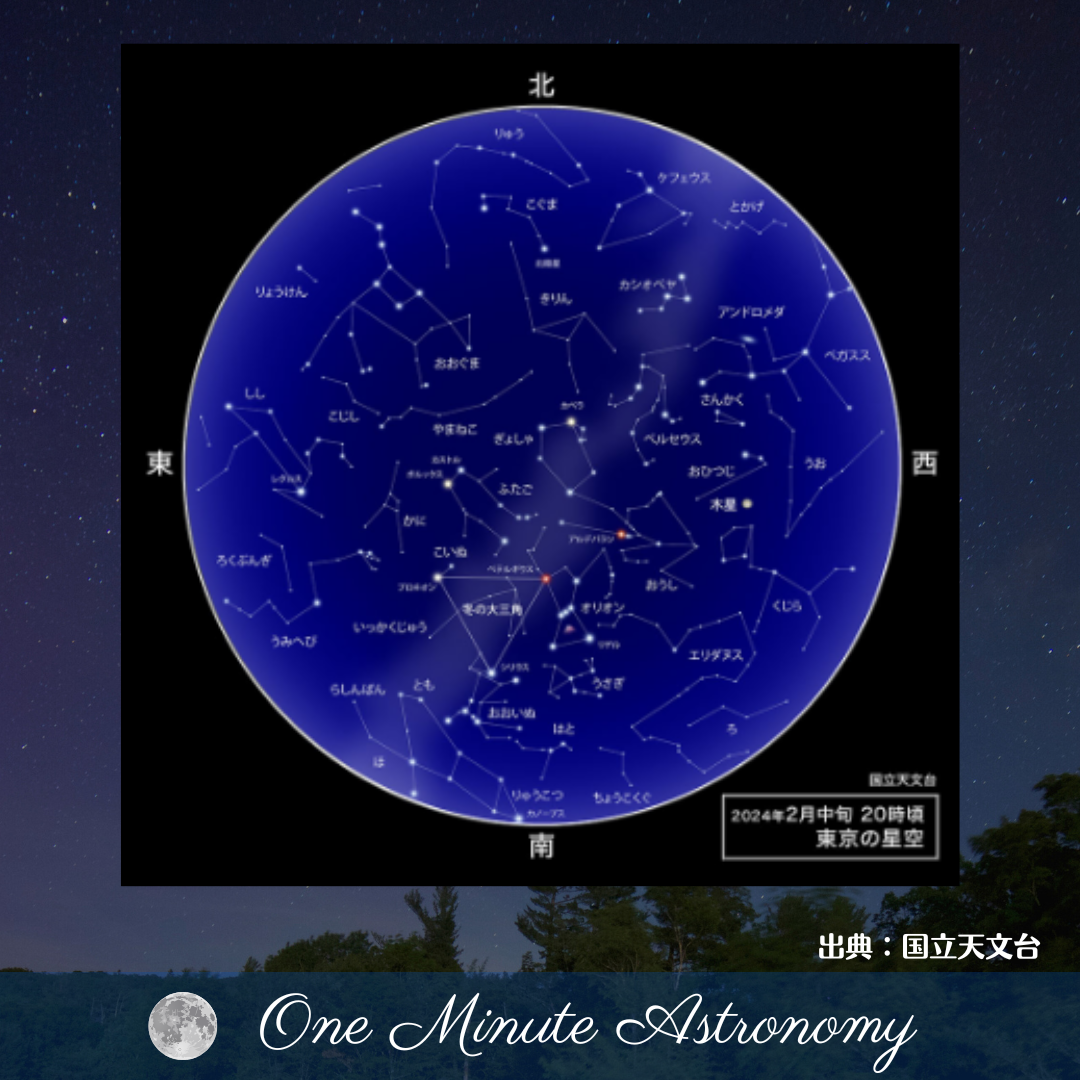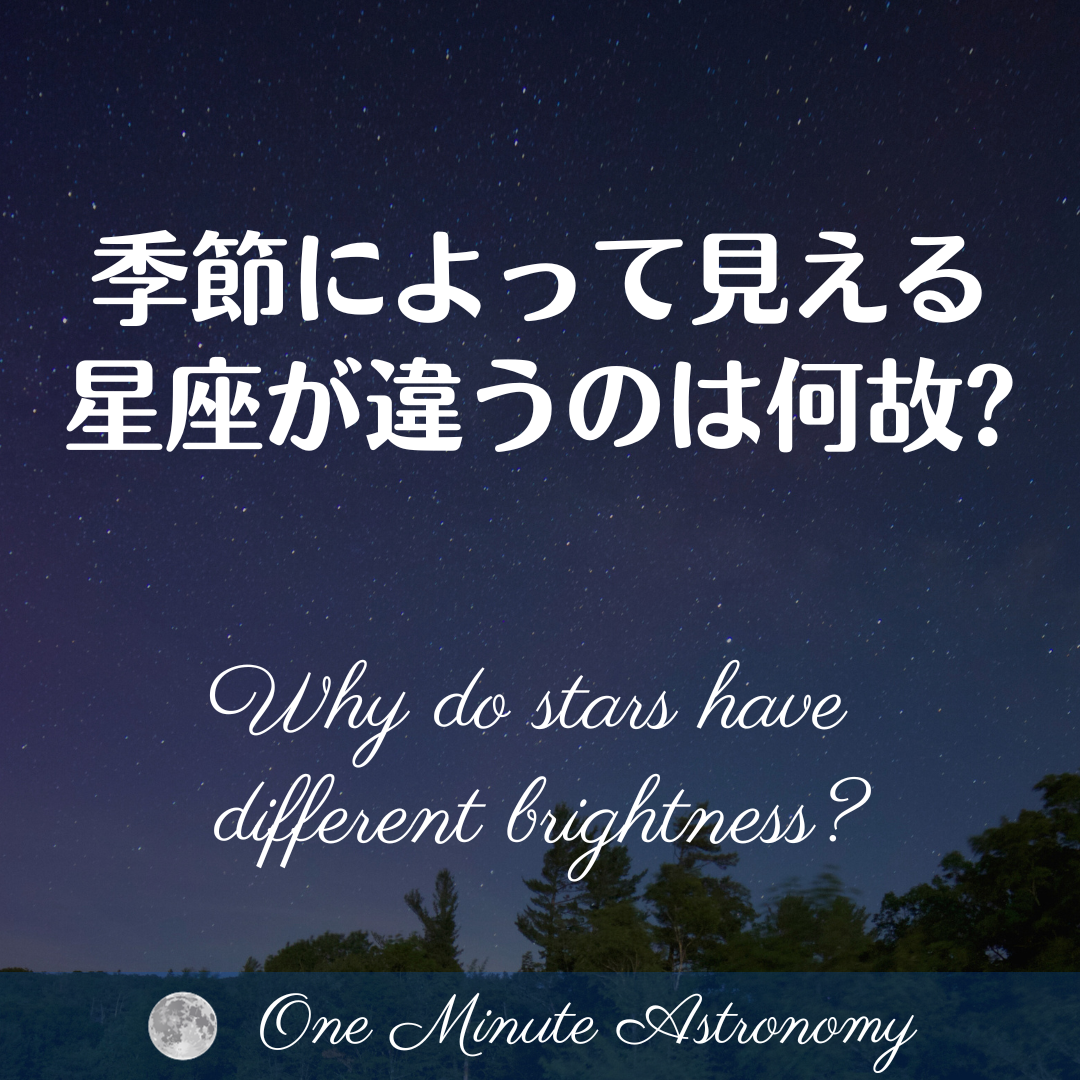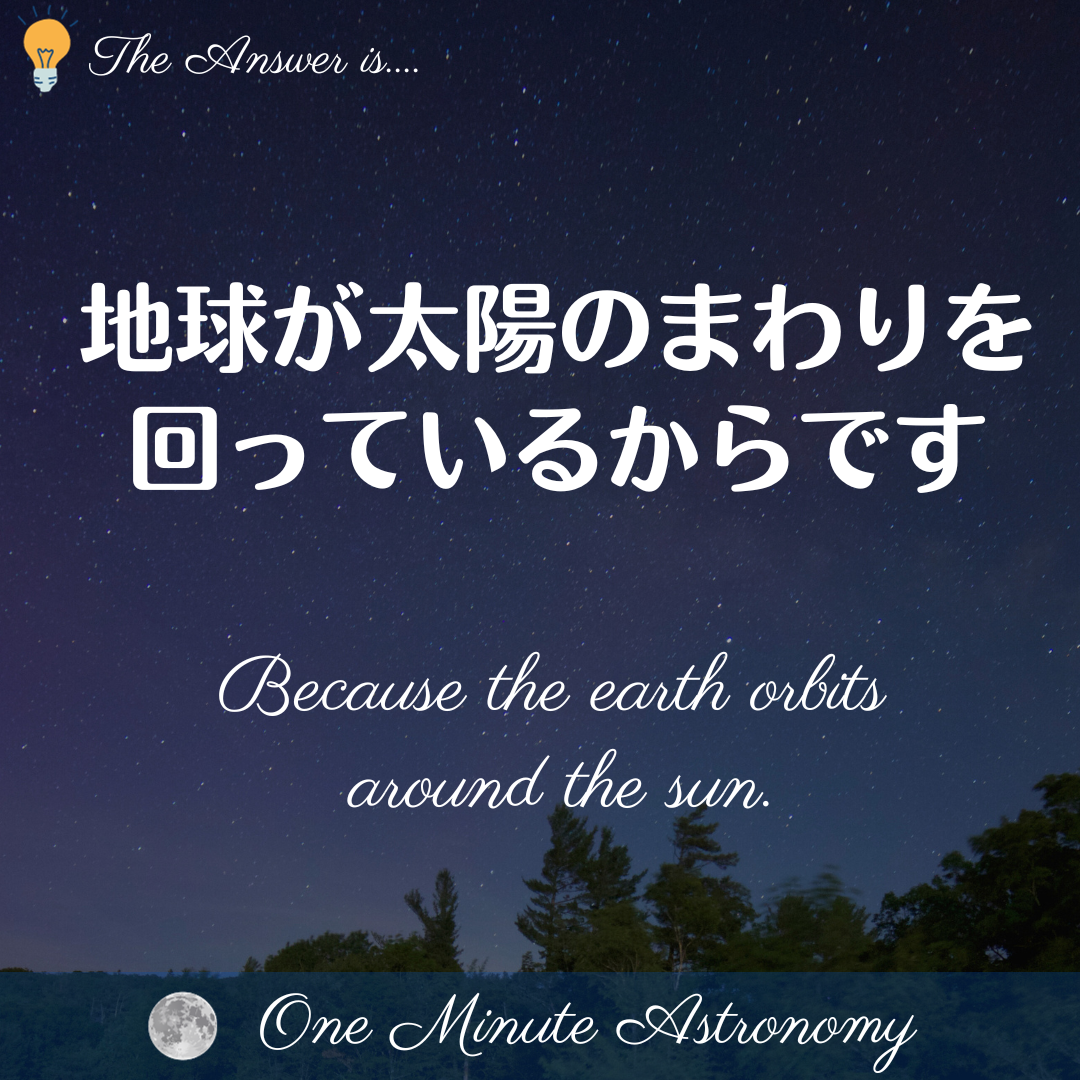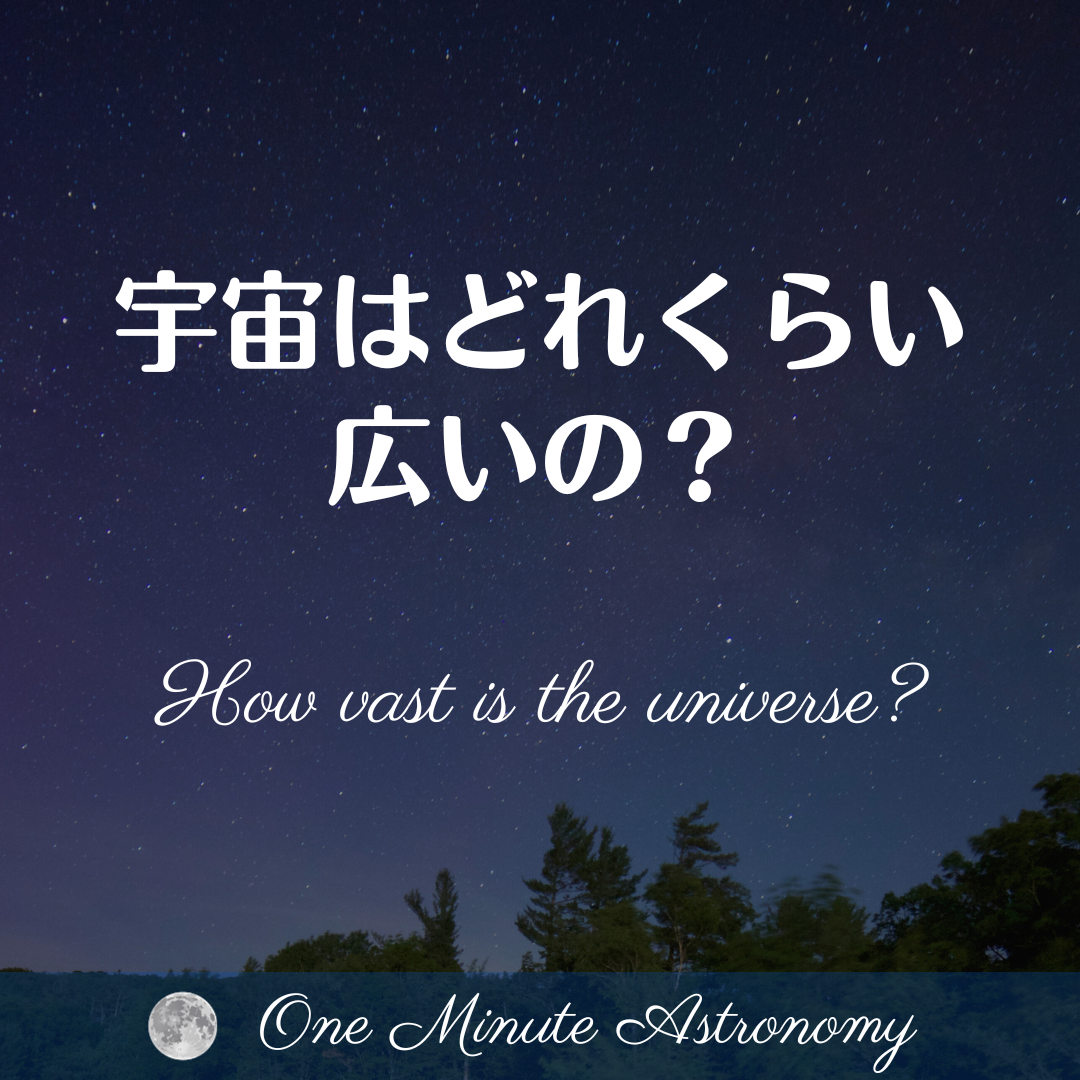
*宇宙はどれくらい広いの?
宇宙はどれくらい広いのでしょうか。まずは近くからイメージを広げていくと地球は太陽系の中にあります。天の無数の星々はそれぞれ太陽系のような惑星を従えた恒星です。そこからズームアウトするようにイメージを広げていくと、恒星は集まって集団を作っていてそれを星団と言います。その星団が沢山集まって銀河を形成しています。私達の太陽は天の川銀河の中にあり、銀河の中心から2万7000光年離れた端の方に位置しています。ちなみに天の川銀河には2000億個の星々があり、その大きさは10万光年におよびます。銀河は集まって銀河団を形成しています。そして、その銀河団が集まり超銀河団となります。銀河団は繊維状になっていて、石鹸の泡が無数にくっついているような姿に似ているそうです。ここまで来ると私達の想像を超えてしまいますね。そして、宇宙の果ては137億光年ともそれ以上とも言われています。
*How vast is the universe?
The expanse of the universe is an awe-inspiring concept. To begin envisioning its magnitude, let's start nearby: Earth resides within the confines of the solar system. Countless stars in the sky are each accompanied by planetary systems like our own. Zooming out further, stars cluster together, forming what we call star clusters. These clusters amass to shape galaxies. Our Sun lies within the Milky Way galaxy, situated about 27,000 light-years away from its center toward one of its edges. Interestingly, the Milky Way boasts 200 billion stars and spans approximately 100,000 light-years in size.
Galaxies gather into galaxy clusters, and these clusters form superclusters. These superclusters display a filamentary structure, resembling the way soap bubbles cluster together. At this point, our imagination begins to stretch beyond comprehension. As for the outer reaches of the universe, it's said to extend at least 13.7 billion light-years, if not beyond.
